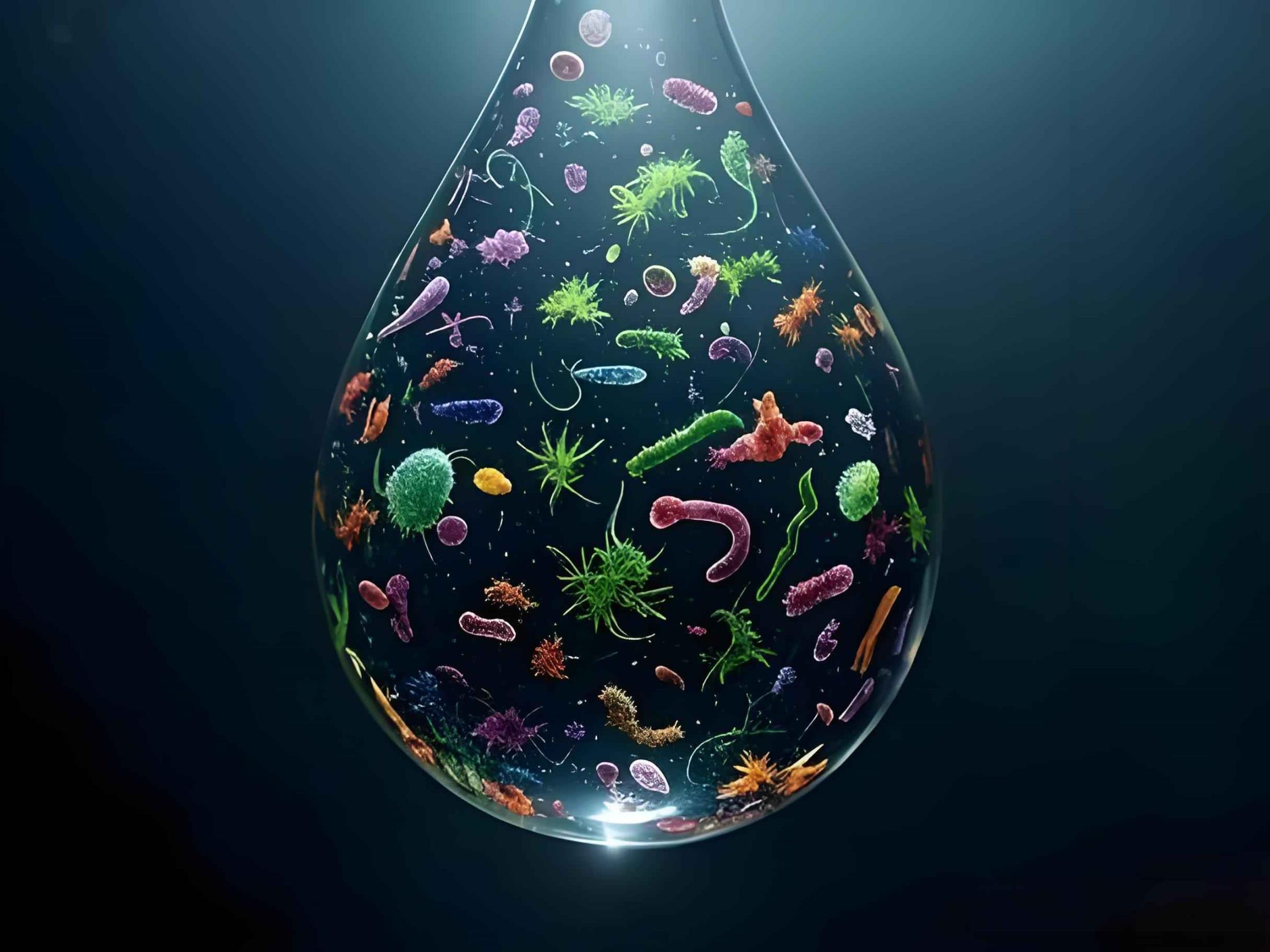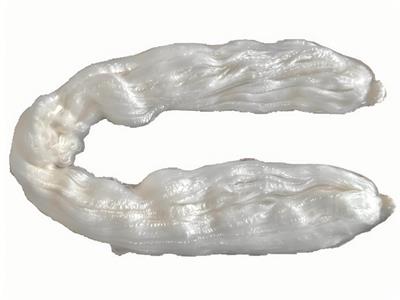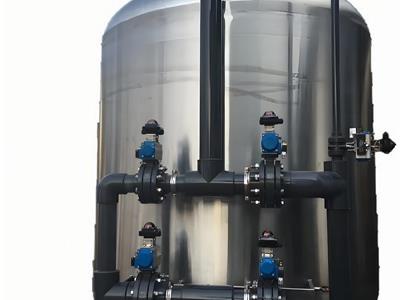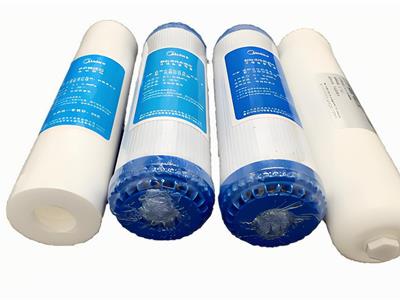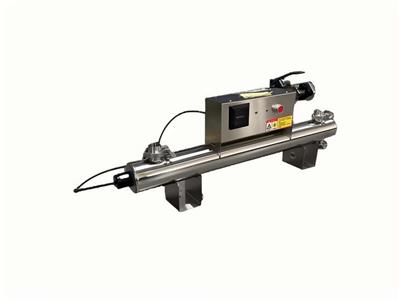- 2025-07-22
How to Remove Bacteria from Water
How to Remove Bacteria from Water Using Chemicals
One of the most common methods of killing bacteria is by using chemicals. Of these chemicals, chlorine remains the most widely used and, in some cases, recommended by government agencies. Granted, chlorination remains highly effective in killing bacteria in water.
However, many health experts warn against using chlorine in drinking water. These concerns stem from scientific evidence presented in reports from reputable institutions. For example, a 2017 report from the U.S. Council on Environmental Quality states that people who drink chlorinated water have a 93% higher risk of developing cancer than those who drink non-chlorinated water.
Why does chlorination have such an effect? Chlorine is a well-known strong oxidant that kills bacteria when added to water. This is a good thing. However, the problem arises when drinking this chlorinated water. The oxidizing effect of chlorine also kills the beneficial bacteria in the stomach, which are an important part of our immune system, as 70% of the body's immune system functions in the intestines. Experts assert that eliminating these beneficial bacteria can make a person susceptible to health problems such as colorectal cancer, intestinal irritation, type 2 diabetes, obesity, bloating, diarrhea, and flatulence. FupengWater understands this, so they strive to always avoid using chemicals in their water purification systems.
Although chlorination is very effective at killing bacteria and other pathogens, it is not 100% effective. Studies have shown that the chlorine doses commonly recommended for water treatment simply do not kill parasites such as Cryptosporidium and Giardia, which also pose health risks. In addition, chlorine destroys manganese, hydrogen sulfide, and iron in the water, causing the water to taste bad.
Sodium chloride, citric acid, and potassium chloride are also chemicals used in water treatment. However, the use of these chemicals is not widespread, especially in areas that have adopted advanced water treatment technology.
Reasonable years of remaining protection
Just because water is treated does not mean it cannot be contaminated again. We usually pump water into tanks or directly into pipes for water supply. During the time the water stays in the tank, it may become contaminated again, resulting in double the workload if it is treated again. Thoroughly cleaning the tank or pipes is a necessary supplement to disinfection or purification methods to ensure that the water quality is safe for longer. Another method that FupengWater often recommends, with its many years of experience, is to disinfect the water in the tank with a UV sterilizer before pumping it out. Whichever method you choose, FupengWater engineers will advise you on the method that is best for you, based on your specific needs.
FupengWater Ultramodern Sterilization System Detailed Explanation
We mentioned that using chlorine and other chemicals is an effective way to remove bacteria from water, but it carries a lower health risk. Technological advances in the field of water treatment have made the whole process simple and effective.
The three main technologies that FupengWater systems use to remove bacteria from water are UV sterilization, nanofiltration, and reverse osmosis. The interesting thing about these three technologies is that they can be used in combination.
How to Use UV Sterilization to Remove Bacteria from Water
If the water is already purified and no further purification is needed, FupengWater recommends using a UV sterilizer. UV sterilizers are essential in the water treatment process because they do not remove particles or any organisms in the water, but simply kill them. Experts believe that UV sterilizers are the most effective way to kill bacteria in water treatment. UV sterilizers are affordable, fast and safe, do not contain chemicals, are simple to use, and are easy to operate. FupengWater UV sterilizers are low-pressure models and are known for their high efficiency in producing the best germicidal rays.
How to Remove Bacteria from Water Using Reverse Osmosis
Reverse osmosis is one of the leading water purification technologies. This is due to its excellent desalination capabilities and effectiveness in removing all impurities from water. The technology is based on high-pressure osmotic membranes designed to block all other impurities and allow only water to pass through. FupengWater's Seawater Reverse Osmosis (SWRO) water purification system uses this technology and is designed to remove all salts and minerals from water. The process has a positive effect of 99% in removing dissolved salts from water, even in water purification with extremely high TDS.
How to Remove Bacteria from Water Using Nanofiltration Technology
Unlike ultrafiltration, which has a pore size of nearly 0.01 microns, nanofiltration filters have a smaller pore size of only 0.001 microns, which makes it effective in removing molecules, viruses, salts, and ions (which make water hard). Therefore, nanofiltration is often used to treat hard water. Nanofiltration is one of the technologies sold by FupengWater. According to its experts, this technology has been recognized in many industries for its high efficiency and good results.
System Installation Support
Traditional methods of sterilizing water, such as boiling and using chemicals, do not require specialized knowledge, except for knowledge of boiling time and chemical dosage. However, to adopt the latest sterilization technology, some professional skills are required, including installation, testing and maintenance of the system.
This is an area that FupengWater takes very seriously.
With more than 9,000 water purification systems, 2,000 of which are customized, and a customer base in 200 countries, FupengWater understands the importance of customer support in its business. So it is no surprise that their engineers are always ready to provide guidance.
Challenge
Water is a necessity for human survival, and fortunately, nature has generously gifted it to mankind. A whopping 71% of the earth's surface is covered by water. Ironically, water resources are still scarce in many parts of the world due to the lack of much-needed infrastructure to ensure adequate distribution of water. Equally worrying is the serious shortage of clean and safe drinking water for humans.
Why is this the case?
In many places where water is plentiful, one thing that people often overlook is that pathogens, chemicals, and sediments are often present in the water source, making the water unsafe. As a result, a large number of cases of waterborne diseases such as cholera, dysentery, typhoid, etc. have been reported around the world.
Whether you are looking to buy a small water purifier for home use or a large water purifier for commercial or industrial use, clean and safe water is a necessity. Can you imagine that only 1% of the entire planet has safe drinking water? This number is shocking to say the least. It is these unacceptable numbers that have prompted China's FupengWater Inc. to invest in breakthrough water purification technology and expand its global presence to play an active role in clean water supply and hope to achieve an increase in this goal.
Public awareness campaigns are being carried out around the world to raise public awareness of the need to ensure that drinking water is 100% safe. As a result, water treatment activities have achieved some results, and some well-known companies are launching technologically advanced water purification systems to provide foolproof water purification results. For example, FupengWater is well known for producing water treatment equipment that uses technologies such as reverse osmosis, nanofiltration, ultrafiltration, and ultraviolet sterilization. In addition, the company manufactures chemical dosing systems, filters, water softeners, deionizers, and more. For optimal results, the company uses some of these processes, either alone or in combination. For example, FupengWater often recommends UV sterilization after filtration.
Solutions
The recommended systems are our:
Industrial UV Sterilizer Series
Commercial UV Sterilizer Series
Chemical Dosing Systems
Advantages
Advantages of FupengWater Systems for Bacteria Removal in Water
When choosing a water treatment method, some basic criteria are essential. FupengWater always strives to meet these benchmarks, striving to be one of the leading suppliers of the most efficient, cost-effective, and easy-to-use systems to meet the unique needs of businesses and individuals.
Here are three key factors to consider:
Complete Removal of Bacteria and Other Pathogens
If you are going to choose a method to remove bacteria from your water, make sure you choose one that is absolutely reliable in its results. You definitely don’t want to use a system that gives incomplete results, because that would still result in unsafe water quality. If you are unsure which method will achieve the recommended results, feel free to contact FupengWater engineers. They are always happy to provide guidance to those who are interested in how to remove bacteria from water.
Consistency and reliability of bacteria removal in water
FupengWater’s system not only removes all bacteria from water, but also replicates the best results in water from different sources. This consistency helps ensure that pathogens will not enter the human body during the water treatment process even if the user chooses a different water source.
Safe drinking water after sterilization
FupengWater’s water treatment system produces safe water immediately. What’s the point if you use a method that kills all bacteria but the water you end up with is not suitable for drinking? Reverse osmosis, nanofiltration, and ultraviolet sterilization are well-known water purification and treatment processes that help remove bacteria from water without adding any impurities to the water, ensuring the absolute safety of the water.

